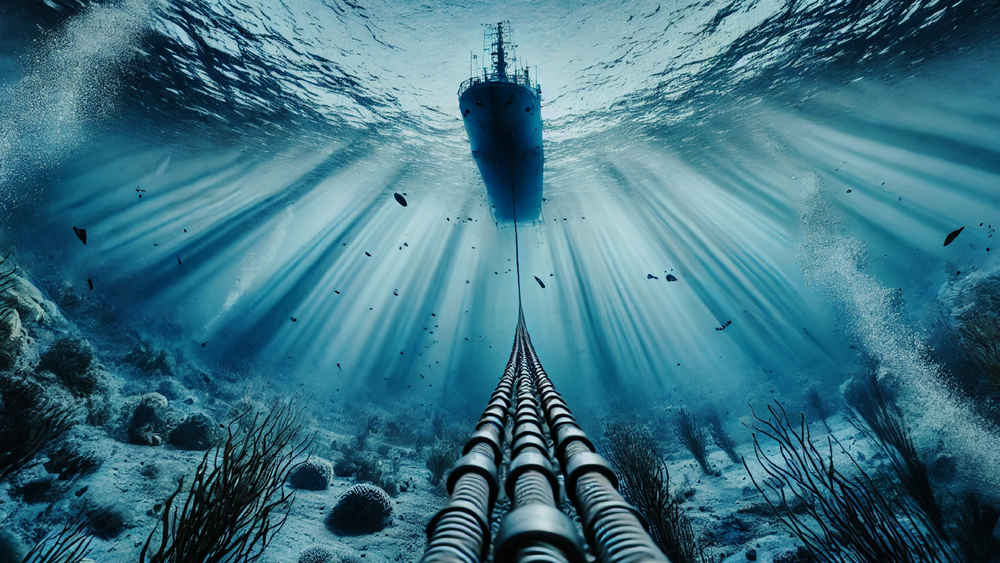Challenge
ROV campaigns run 24/7, so every hour lost to cable faults (data dropouts, fiber-optic (FO) attenuation spikes, hockling, or bend-fatigue over sheaves) burns time and money. As clients push from a few hundred meters toward multi-kilometer depths, the umbilical’s own weight and bend loads climb fast. Geomil Equipment, operating in harsh offshore conditions, needed more lift and longer life without increasing outer diameter (OD) so existing winches, sheaves, and fairleads could stay in service. They also needed responsive support when issues surfaced offshore, because cable quality and service directly drive customer satisfaction.
Solution
Together with Geomil, we mapped handling geometry (winch drum, sheaves, fairleads), minimum bend radius, launch & recovery dynamics, target depth, required lift, and power/FO needs. We then co-engineered the umbilical so mechanics, electrics/optics, and terminations were designed in concert. Avoiding the classic “strong cable, weak end” failure path.
Key design levers:
- Strength vs. diameter: Increase working load and breaking strength at the same OD, so Geomil’s existing deck gear remains valid and handling forces don’t spike.
- Depth progression without capacity loss: Evolve from 150 m to the 4,000 m class while keeping lifting performance, so operators can take on deeper jobs without re-architecting the launch and recovery system.
- Bend-fatigue discipline: Control helix geometry and torque balance to minimize bird-caging and Z-kinks under cyclic bend/tension, issues that quietly kill uptime. A recurring field complaint we targeted head-on.
- Signal integrity: Place fibers near the neutral bend axis and protect against micro-bending so FO attenuation stays stable through launch, recovery, and deep soak.
- Service for 24/7 ops: Pair the engineering with round-the-clock access to DeRegt engineers so problems are resolved before they cascade into downtime.
Verification mixed targeted bend-over-sheave trials, lift testing, and reliability checks aligned to real deck handling—so the “as-handled” life matches the “as-designed” life. When upgrades were needed, we iterated quickly while holding geometry steady, keeping Geomil’s deck layouts intact.
Result
By achieving higher working load and breaking strength at the same outer diameter, Geomil could deploy heavier tools and extend service intervals, without replacing winches, sheaves, or deck gear. Teams also reported fewer communication losses and more stable fiber-optic performance across missions, leading to fewer aborted tests and better data continuity. Validated deep-operation runs, down to more than 8,000 meters for over eight hours, proved the cables could withstand both depth and duration under real mission loads. Customer satisfaction grew as fleets launched, recovered, and lifted with less downtime, while research capabilities expanded on existing platforms.
This co-created solution with DeRegt has since become a blueprint: focus on field failures, engineer together, and verify in real conditions. The same approach now drives adjacent subsea work, including early deep-sea resource trials beyond 5,600 meters. Showing how disciplined cable engineering and trusted partnerships open the door to new missions without costly hardware changes.
Expert view
“Uptime beats every spec sheet claim.”



.png)

